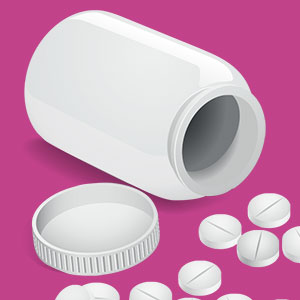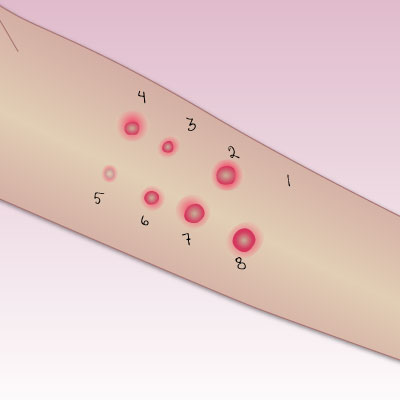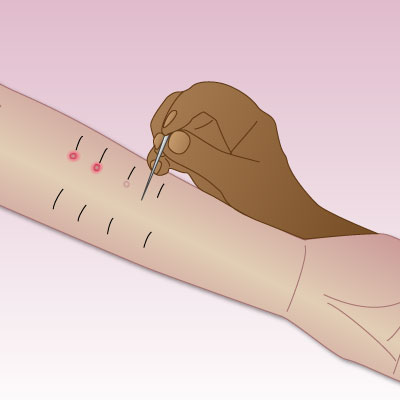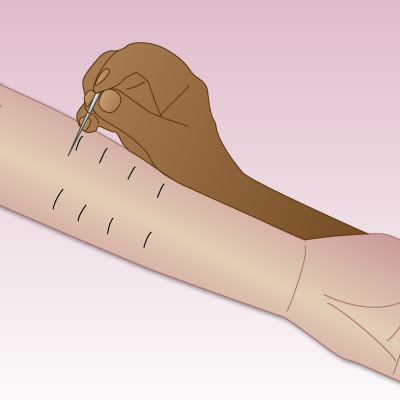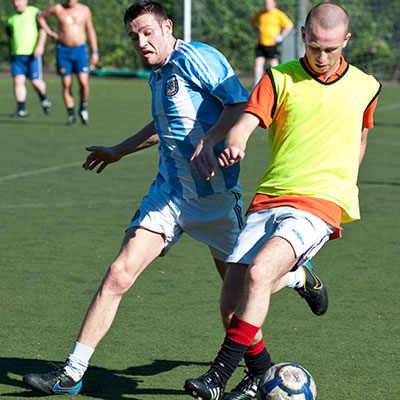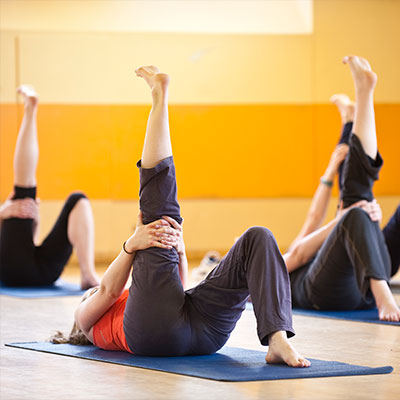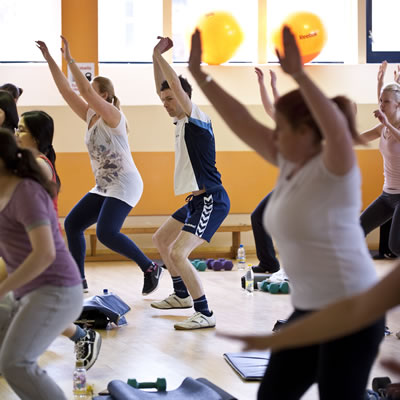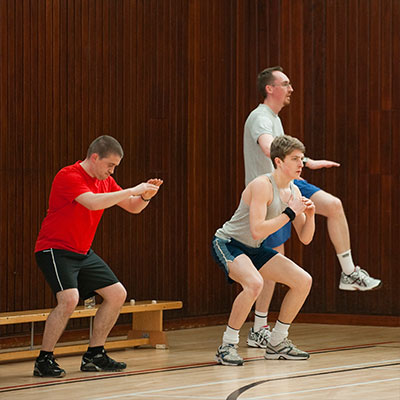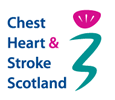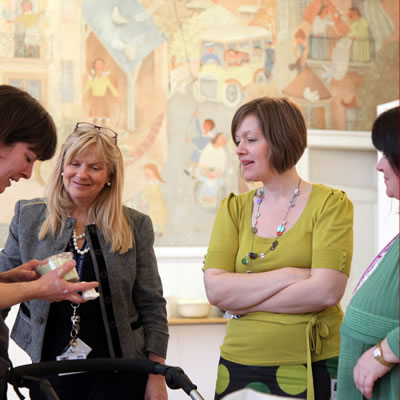
© Crown Copyright 2009
If you are having physical difficulty coping with your job because of your asthma, you may be offered a referral to a specialist respiratory physiotherapist for breathing control techniques or chest clearance.
There may be things which you can change to make work easier.
- If your work involves a lot of talking, try to take rests. Talking all day can be tiring if you are breathless and it makes your mouth and throat dry. Take drinks of water during the day to prevent dehydration.
- Use a case on wheels or a trolley to carry items around at work and avoid heavy lifting.
- If you have to move objects try to roll, push or slide rather than lift. Get someone to help. Ask about a health and safety course on safe moving and handling at work.
- Break up strenuous tasks in to smaller jobs pacing yourself as you go.


